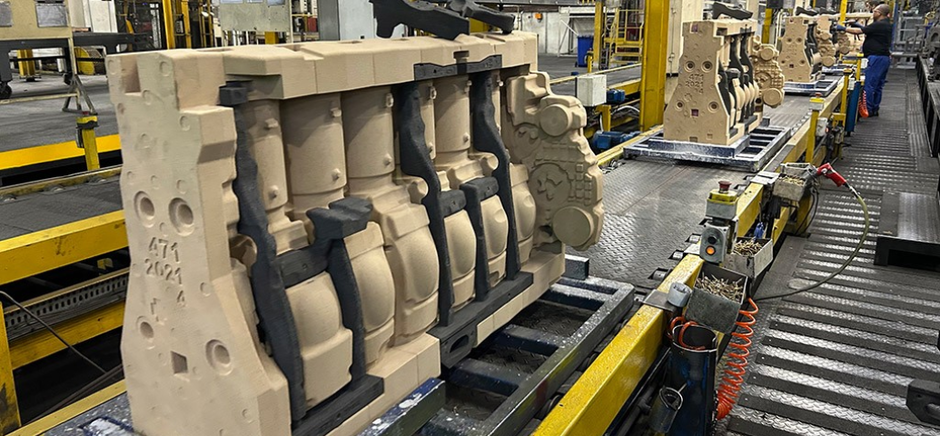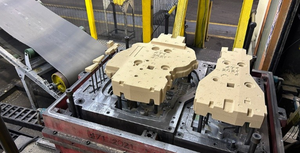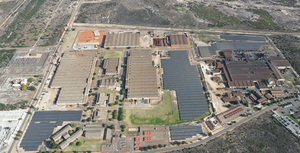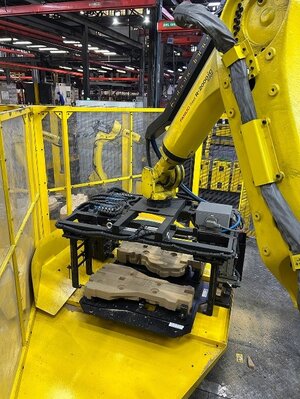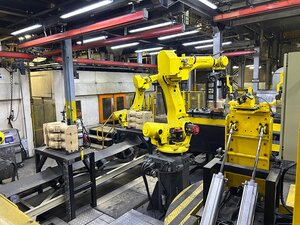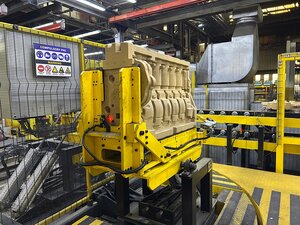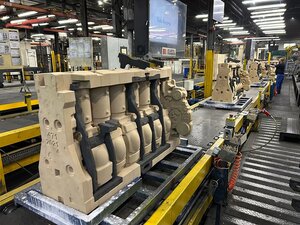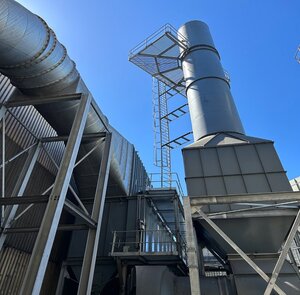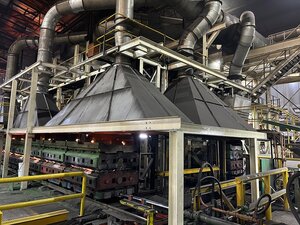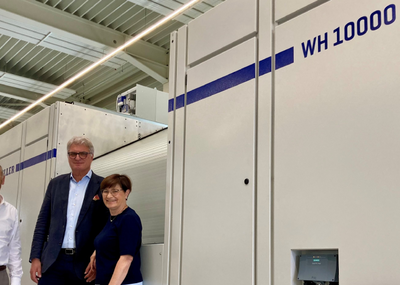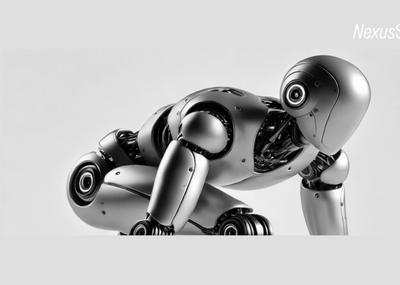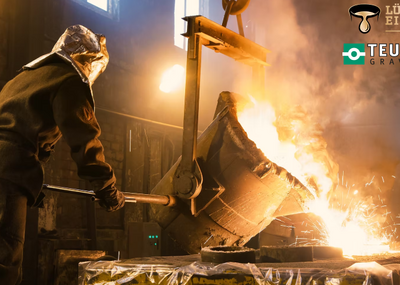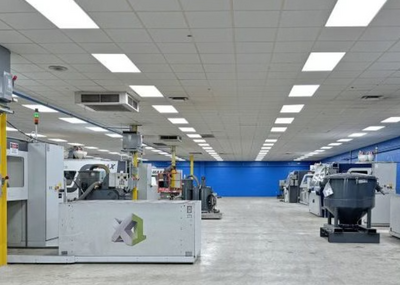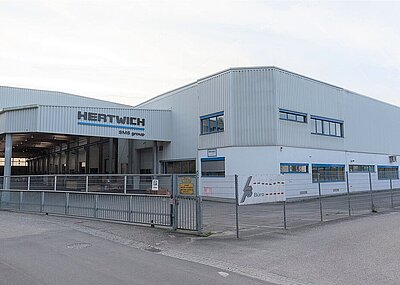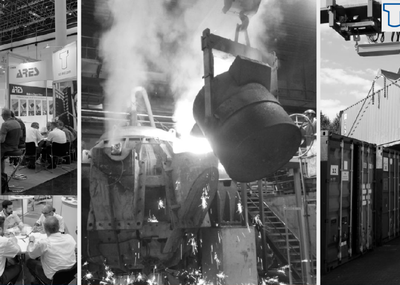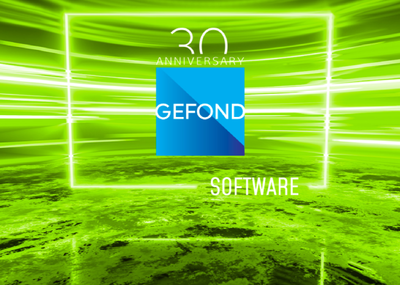Eight years ago, Atlantis Foundries, embarked on the journey of becoming a smart foundry that embraced the fourth industrial revolution.
As reported by Castings SA, the foundry launched a project that combined various technologies to collect and analyse process data, with the goal of improving product quality and cost efficiency.
The foundation of this concept were robotics, process instrumentation and the tracking of components using RFID and other software applications.
With all the data available and its traceability to individual castings, Atlantis Foundries was able to implement AI for its process control and the inspection of components.
Casting SA said this allowed Atlantis Foundries to become recognised as a global leader in the foundry industry.
Pieter du Plessis, the CEO of Atlantis Foundries had the vision of conveying a message of forward thinking to the rest of the world, that foundry owners could only dream of at the time.
Upon the featured publication, the MD of the DataProphet, who was involved in gathering and analysing the data to help Atlantis Foundries achieve the correct combination of process parameters during the production of the castings, shared that he had been summoned to Europe by influential foundry owners, after they had read about the venture.
“They were astounded to see that South Africa was so far ahead of them,” he said. “They wanted the same for their businesses.”

